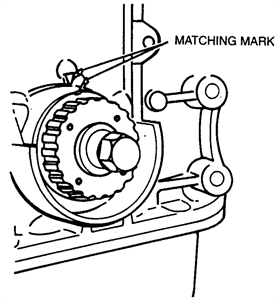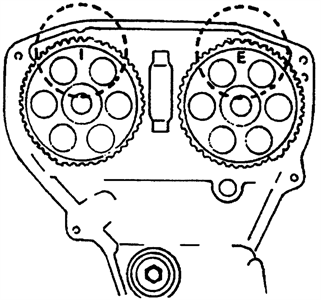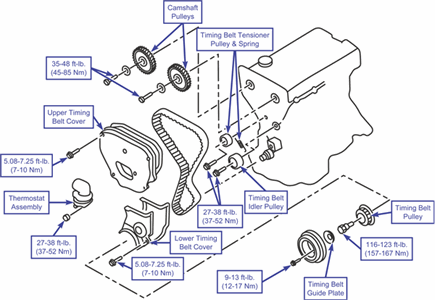Hunting season is fast approaching, and that means it is time to at least start THINKING about winterizing your vehicle. Have you ever jumped inside your car to head to work in the morning to find your car will not start? It’s happened to the best of us, but there are a few simple things you can do to help prevent this scenario from happening to you this winter.
Something to keep in mind is that our car’s battery loses about a third of its starting power when the temps dip down into the 30’s. In addition, our driving habits in the winter make it less likely the alternator will be able to fully recharge our car battery as we drive. For example, we tend to drive less often and we drive shorter distances in the winter, we constantly run the defrost and we are using our headlights more than in the warmer months – all putting a larger load on the alternator.
So what can you do?
1) Take a Peek Under the Hood: Have your battery checked before winter hits to make sure your terminals are tight and your battery is not corroded. (Stop in at Cars For Keeps & We’ll do it FREE!)
2) Turn “Stuff” Off: Turn off your blowers and accessories when you turn off your car so there isn’t as large of a load on your battery when you go to start your vehicle again. Turn your headlights on after you start your vehicle, NOT before.
3) Park Inside: Park your vehicle in a garage if you have one. This will help keep the battery somewhat warmer.
4) Pay Attention to Your Headlights: Do they dim and brighten on occasion? If so, stop by Cars4Keeps and one of our technicians can test your alternator for you.
5) Listen to Your Vehicle Start: Do you notice your car is having trouble turning over (starting), but once it is running everything seems normal? This may indicate that your battery has a low charge, weak connection or strater getting ready to leave you walking.
The last thing any of us need this winter is to be stranded somewhere with flakes swirling around us and a car that refuses to start. Be proactive and take winterizing your vehicle seriously this year. While there is more to it than batteries and alternators, a quick stop into Cars4Keeps is all you need to get your car in top winter condition.


